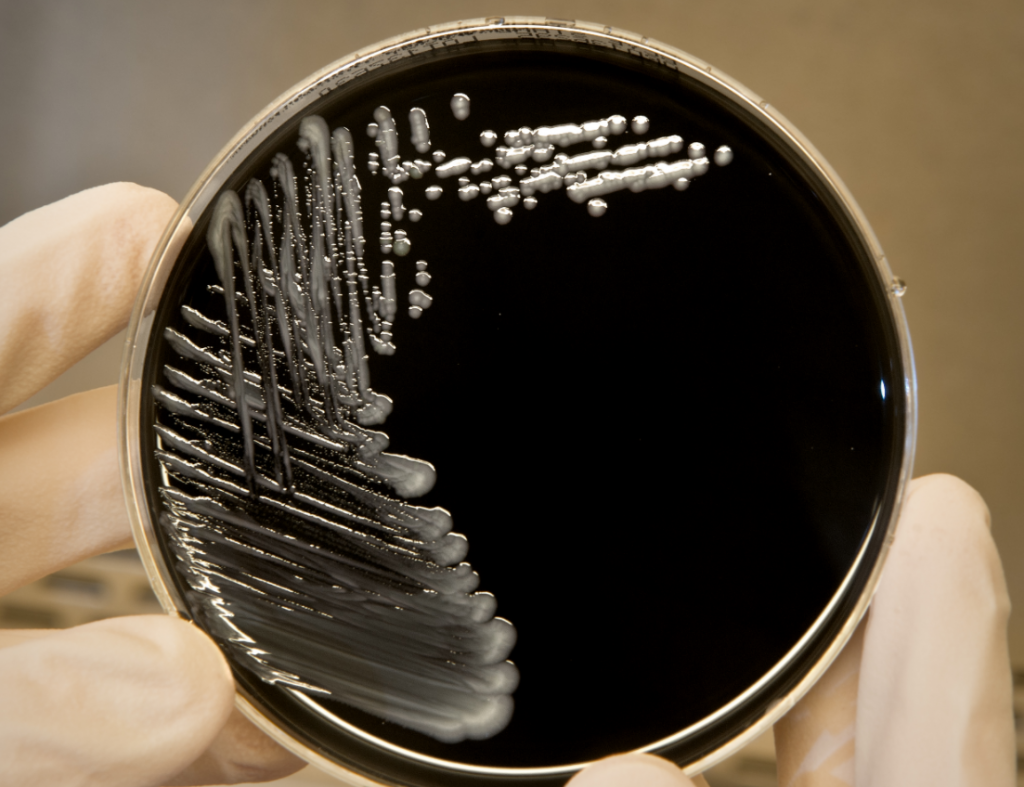New York City health officials have reported an additional Legionnaires’ disease case in the downtown Flushing cluster, bringing the total cases to 13. The vast majority have been relased from the hospital and no deaths have been reported.

Of the more than four dozen cooling towers in the area sampled, ten contained Legionella DNA in preliminary testing.
The owners of those buildings will be ordered to immediately increase the level of biocides that kill the Legionella bacteria or to change to a new biocide and report to the Department within 24 hours. This biocide remediation will be done as a precautionary step while the second step, growing the bacteria in culture, is being done to determine the presence of the live bacteria that causes Legionnaires’ disease.
A positive culture indicates the presence of bacteria capable of causing disease. The Department will order the owner of any building with a positive culture result to fully clean and disinfect the cooling tower.
Legionnaires’ disease is caused by the bacteria Legionella. Symptoms include fever, cough, chills, muscle aches, headache, fatigue, loss of appetite, confusion and diarrhea. Symptoms usually appear two to 10 days after significant exposure to Legionella bacteria. Most cases of Legionnaires’ disease can be traced to plumbing systems where conditions are favorable for Legionella growth, such as cooling towers, whirlpool spas, hot tubs, humidifiers, hot water tanks, and evaporative condensers of large air-conditioning systems.
Legionnaires’ disease cannot be spread from person to person. Groups at highest risk for Legionnaires’ disease include people who are middle-aged or older, especially cigarette smokers, people with chronic lung disease or weakened immune systems and people who take medicines that weaken their immune systems (immunosuppressive drugs). Those with symptoms should call their doctor and ask about testing for Legionnaires’ disease.
Related:
- Legionnaires’ disease cluster reported at NSW retirement community
- Norovirus identified as GI illness spreading at Georgia Tech
- Measles deaths drop below 100,000 globally for the first time: WHO
- Trichinosis outbreak linked to brown bear meat in Tomsk, Russia
- Clostridium difficile infection primary risk factor is outpatient antibiotics: Study
- Vietnam dengue tally tops 150,000, Downward trend continues


